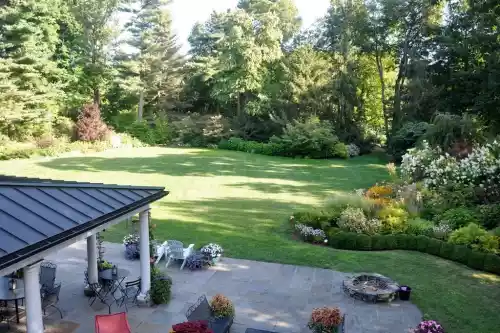

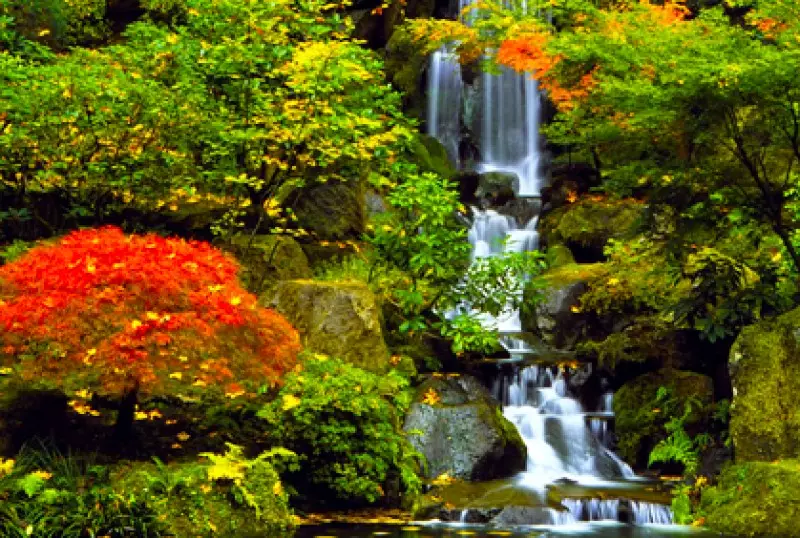
Beautiful and exotic Japanese gardens are one of the most popular outdoor design trends of 2022. Any backyard can be transformed with this unique look by incorporating a few characteristic elements such as water, rocks, and lush blooms from trees and foliage. You will quickly fall in love with the beauty and tranquility of these fabulous spaces and the solitude and relaxation that they promote. One of the most essential features of any Japanese garden is gorgeous and colorful trees. Their characteristically striking color schemes and blooming foliage are very important because they center the design and signify the changing of seasons. There are many Japanese tree varieties commonly used by diy garden designers to create that lush and enchanting landscape. We will show you the best types of Japanese trees to incorporate around your garden and how to care for them properly. In no time at all you will have a captivating garden area with exotic cultured appeal.


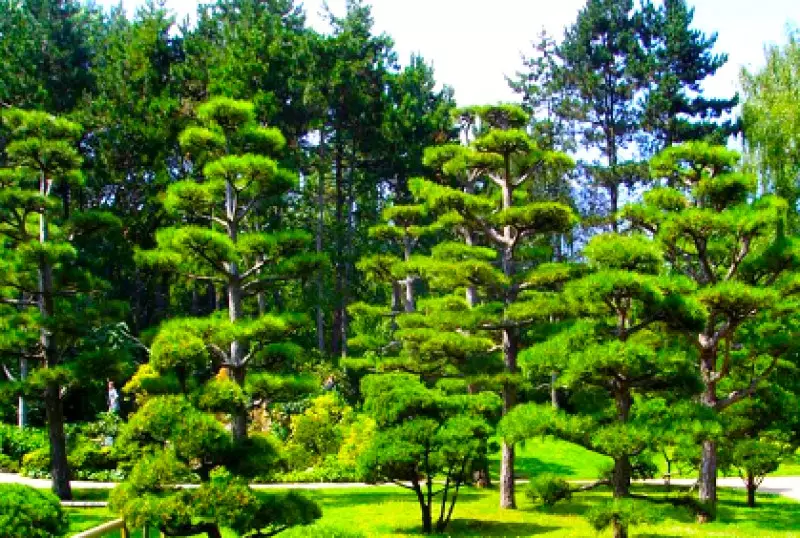
Our expert outdoor designers agree that incorporating beautiful Japanese trees throughout your landscape makeover will give the space a unique and tranquil look unlike any other plant types. A particularly popular variety this 2022 season is Japanese fruit trees. These beautiful plants produce colorful Japanese flower blossoms that later turn io bright eye catching fruits. There is a wide variety of Japanese style fruit trees available in local plant shops and online nurseries. However, some of the most common are classic cherry tree types. A lovely flowering cherry tree bursting with pink and white blossoms adds color and romance to any landscape. Our favorite options are the classic pink cherry tree filled to the brim with cheerful magenta blooms and exotic kwanzan, known for their stunning flowers. A wonderful cherry fruit tree will not only bring whimsical color and fabulous visual interest to your outdoor design, but it will also provide delicious produce all season long. Remember that pruning cherry trees is essential to cultivating the most beautiful bloom tree and heartiest fruit.


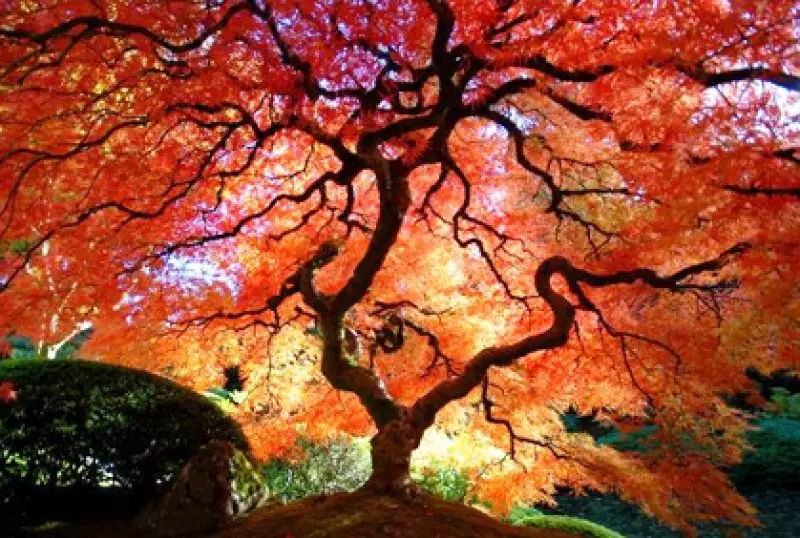
Gorgeous flowering ornamental trees are an essential component of any great Japanese garden design. One of the most basic principles employed in Japanese landscape decor is the idea of creating a balanced artistic space filled with the solitude that lush foliage will bring. For this reason, a Japanese garden is always designed with nature in mind, meaning that it focuses on what we see in the wild as opposed to centering on a homes architecture or dcor schemes. This is made particularly apparent through the beautiful selection of exotic garden trees that are interspersed throughout these designs. While the overall look of a Japanese tree garden may appear a bit untamed and disorganized, upon further investigation you will see a beautifully harmonious and balanced design. In no time at all, diy home landscapers can recreate this fabulous tranquil look in their own yard by incorporating Japanese garden ideas throughout the design with unique trees.


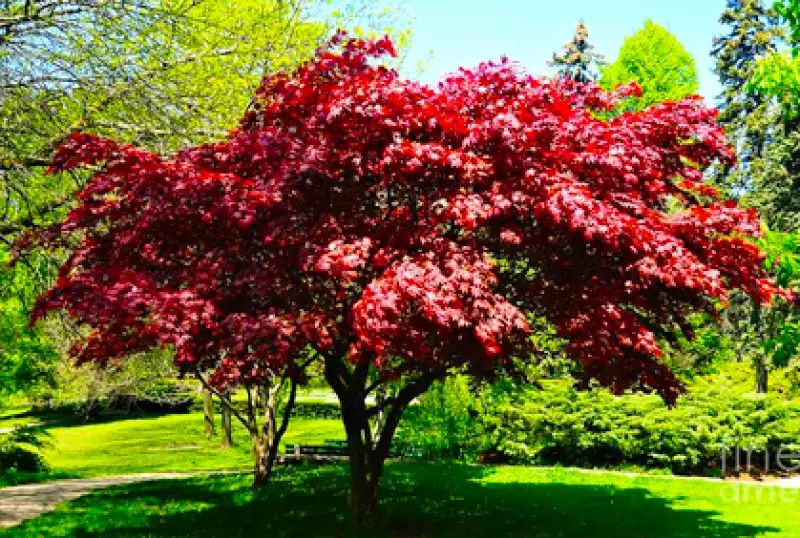
A Japanese red maple tree is a wonderful illustration since, as its name implies, it bears an abundance of deep green leaves during spring and summer but then transforms to a dazzling red shade in the fall. If you love the look of this plant but its towering size does not fit within the scale of your smaller yard there are miniature dwarf trees available as well. Rather than planting an ultimately 30 foot tall plant in your small landscape, grow a beautiful Japanese maple dwarf that has the same unique color palate but only reaches average heights of 3 to 7 feet over a 10 year period. Japanese trees have become wildly popular in landscapes this season due to their characteristic exotic look and colorful foliage. Perhaps the most familiar varieties in this category are Japanese blossom trees. A beautiful pink flowering dog wood tree, for example, is a wonderful addition to any garden due to their lovely blooms and enchanting fragrance. Exotic maple varieties are another common choice in Japanese gardens because their changing colors signify the turning of seasons.


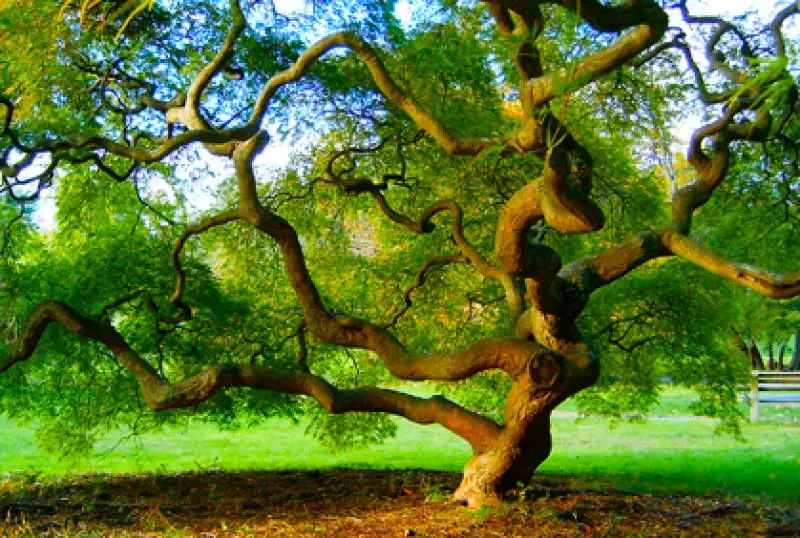
When planting beautiful Japanese style trees in your garden, it is important to understand their maintenance requirements to ensure that they remain flourishing decorative elements for years to come. As always, when selecting the best trees for landscaping your yard it is important to consider a variety of factors including your property size, color palette and regional climate. Despite their unique appearance and exotic names, most popular Japanese plant varieties such as the bloodgood Japanese maple or plum tree can be found at your local tree nursery and have the same general requirements. Caring for these more unusual species is similar to traditional tree care in that like most plants they require adequate water, soil nutrients and occasional pruning for maximum growth and blooming. Similarly, if you are working with Japanese indoor trees, remember our helpful diy tips for cultivating healthy plants inside the home. Ensure that all of your interior Japanese tree plants receive adequate sunlight so that they maintain that beautiful deep green foliage year round.


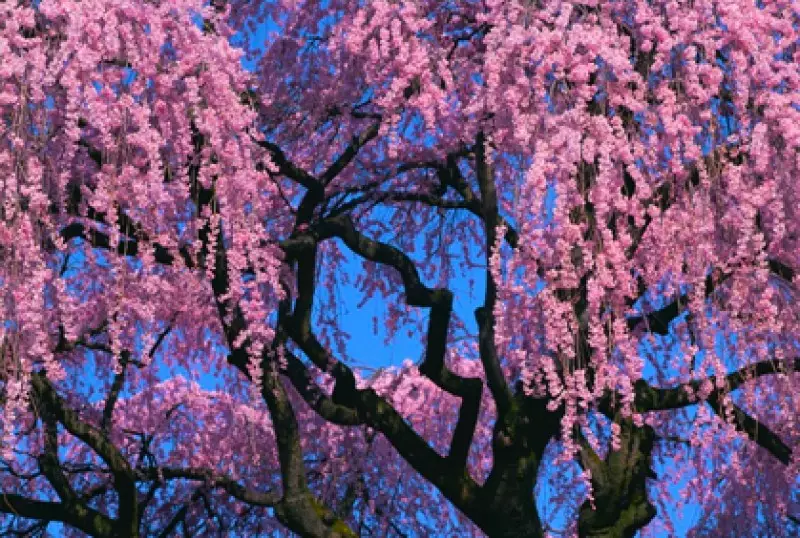
Another classic tree for Japanese themed gardens is the weeping willow. With their unforgettable silhouette, unique texture and diverse color palettes, Japanese weeping trees make a striking addition to any landscape design. They range in hues from vibrant celadon green, to bold purples, and some even produce classic dainty white blooms. One of our favorite options for creating an unforgettable focal point in any outdoor space is a beautiful weeping cherry blossom tree. Like other white flowering trees and shrubs, the weeping yoshino cherry tree provides a stark contrast against the largely green color palette of typical garden design. This creates stunning visual interest and contributes to the overall flow of the space. If you want to achieve the dramatic look of a weeping willow but do not have the space, consider other small trees for gardens. A fabulous ivory silk lilac tree, for example, features similar cascades of bright white flowers but on a much smaller scale.

